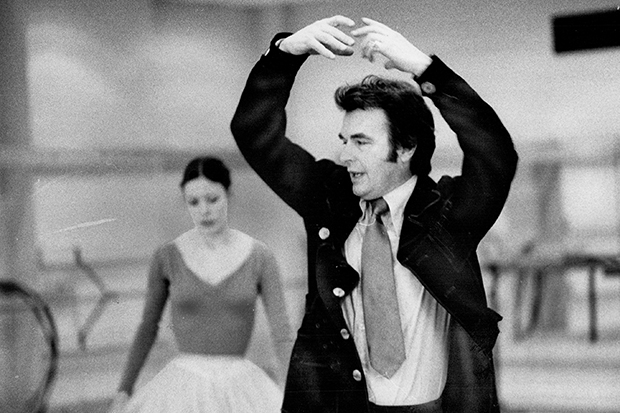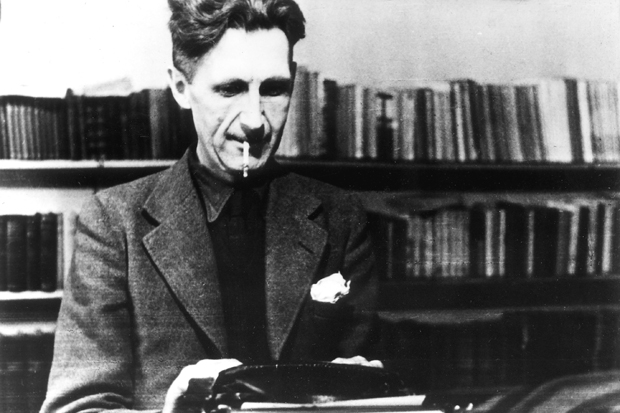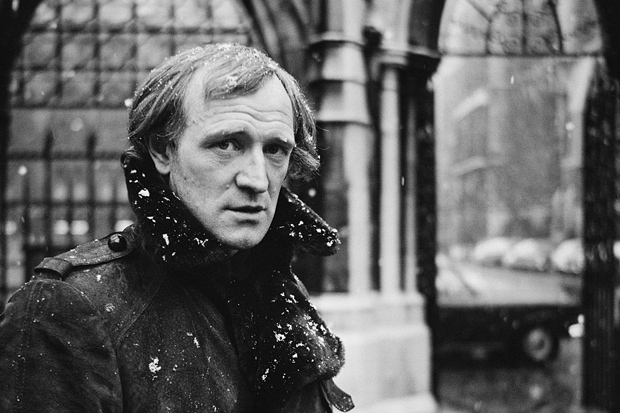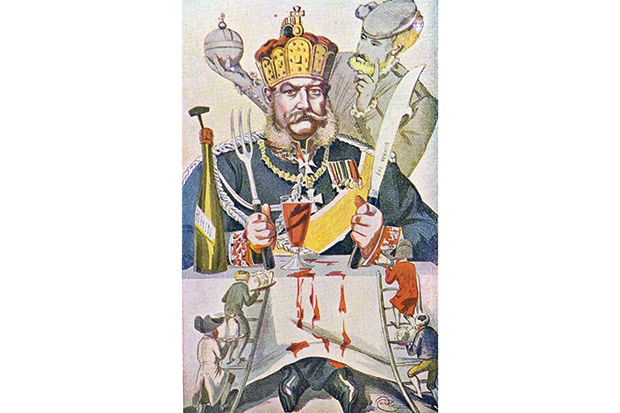Memoirs of old men, baldly, tend to be tricky. Sir Peter Wright, one of the founding pillars of the British ballet establishment, is now 90, and a charmingly chatty man; but I’ve personally never found him reluctant to get to the point when asked. As inaugural director of Birmingham Royal Ballet, director of Sadler’s Wells Ballet and associate director of the Royal Ballet, he has spent more than half a century inside the amazing British ballet story. I had high expectations of these copious memoirs.
So it’s a great pity that his amanuensis, Paul Arrowsmith, has essentially switched on the tape recorder and let memories pour, failing to check or marshal the mass of detail into narrative significance and a coherent reading experience. There are also many egregious mistakes with names and dates (even Wright’s own jobs are not properly indexed). Wright has been wronged.
While the chapters are notionally centred around the exciting people — de Valois, MacMillan, Ashton, Cranko — and industrial aspects — television dance, the Birmingham relocation of Sadler’s Wells Ballet, classical requirements — the material dots about maddeningly, overlapping, with chronology going to pot. It’s a Pokémon Go experience: be prepared for a long ramble and look for a valuable nugget to show up, which you’ll have to sort in your own priority list. Cranko’s dachshund dies from eating too much; Ashton drives Wright to the point of resignation — they score roughly the same.
Sir Peter’s famous indiscretion doesn’t disappoint. There are lots of lovely spilt beans. Rudolf Nureyev was a thief of other people’s work and a beast to work with; Carlos Acosta doesn’t like showing his bum in costume (‘I do not know why, it certainly has sex appeal’); Ninette de Valois called Marie Rambert ‘an old cow’, and the following ballerinas were annoying little madams: Moira Shearer, Sylvie Guillem, Alina Cojocaru — while other little madams could be adorable: Alicia Markova, Marcia Haydée and, surprisingly, Natalia Osipova.
But the barbed comments can be important judgments: Wayne McGregor is all words and no steps, some key Ashton ballets are now owned by insensitive dunderheads. So are Sir Peter’s insights on the defining purity of Anthony Dowell’s dancing and John Cranko’s catalysmic effect, and above all his honestly intimate portrait of the turbulent Kenneth MacMillan, whom he loved and profoundly appreciated as a choreographer. The two of them suffered horribly, both physically and mentally, from the Royal Opera House board’s ego-fuelled chess games, in which the state of ballet qua art was a minor cnsideration.
The chapter entitled ‘Being a Director’ reads with a still vivid pain over the post-Ashton slicing and dicing of the various Royal Ballet companies. Wright thinks no RB director after de Valois was any good, apart from Monica Mason, due to the ignorance and gleeful politicking that consumed the opera house management once the fearsome ‘madam’ retired. They fixed on promoting choreo-graphers to unsuitable directors, thus damaging both creativity and interpersonal relations.
Wright, a gifted classical stager and people-manager, has often been described as ‘the best director the Royal Ballet never had’. He would surely have been a wiser choice to succeed MacMillan as director in 1977 than Norman Morrice. But the Board did not even interview him; it appears that Wright’s image was diminished by his heroic success with the ‘second’ company, the touring Sadler’s Wells Ballet. Maybe it wouldn’t have looked trendy enough in the 1970s to hire a classical conservator, though his story shows he was much more cosmopolitan in experience than most of the ballet world.
He still seems undecided about whether he should have pushed himself forward more. The man who emerges from this story is full of self-doubt, driving himself to overcome obstacles through being, in some inexplicable way, in thrall to a world he never thought he would have entered. The indication is that his Quaker upbringing and distaste for unpleasantness made him chary of pinnacles. The book’s voice is that of old Sir Peter now, forgiving and forgetting, rather than that of the man in his pomp — passionate, self-critical, focused and politically intelligent.
He was eventually consulted by the board over the 2012 appointment of Mason’s successor as Royal Ballet director. This is the odd bit. While he withholds judgment on Kevin O’Hare’s reign so far, by intriguing contrast he firmly states his admiration for Tamara Rojo’s equally short leadership up till now of English National Ballet. Intriguing because the narrative hints that Rojo was the board’s preferred candidate for the RB job, but Wright vetoed her as too green and put up O’Hare.
Now, while some people see O’Hare as a number-two type appointed by another number-two type, I suddenly wondered whether it was Rojo in whom Wright saw his own reflection: a bright talent who might have been broken by the top job at the wrong time, as he’d seen happen all too often — but who won an unassailable reputation by making a hell of an achievement of the less obvious.
The fact is, the English ballet achieved its world-beatingly rich, creative success through a network of companies which depended crucially on leaders of subsidiary troupes being brilliant while occupants of the flagship job could be distinctly iffy. Without Marie Rambert, Alicia Markova, John Cranko, Peter Wright and maybe Tamara Rojo supplementing, complementing or opposing the ‘main’ company, British ballet could not have developed so fast or fruitfully. Unlike its competitors in France, Russia and Italy, British ballet has grown healthy on friction and challenge.
The post The bitchy world of ballet appeared first on The Spectator.
Got something to add? Join the discussion and comment below.
Get 10 issues for just $10
Subscribe to The Spectator Australia today for the next 10 magazine issues, plus full online access, for just $10.
You might disagree with half of it, but you’ll enjoy reading all of it. Try your first month for free, then just $2 a week for the remainder of your first year.














Comments
Don't miss out
Join the conversation with other Spectator Australia readers. Subscribe to leave a comment.
SUBSCRIBEAlready a subscriber? Log in